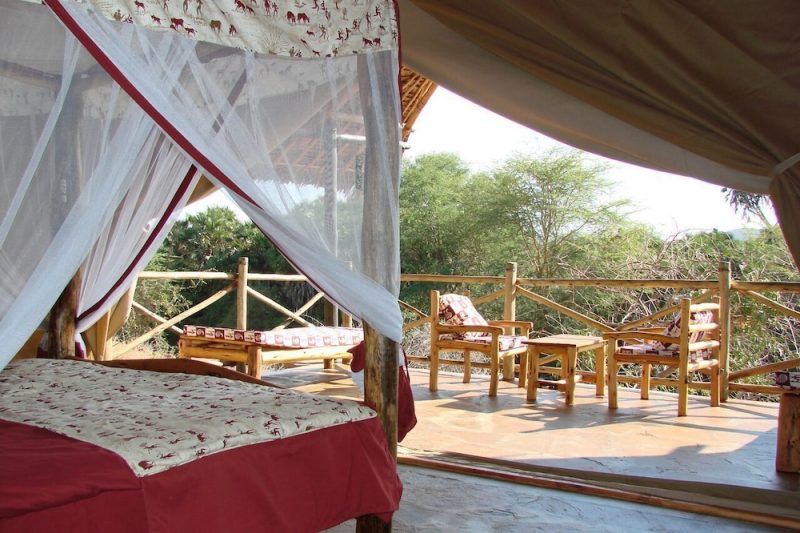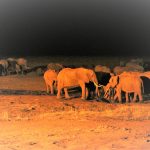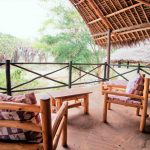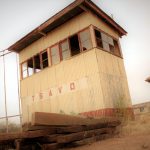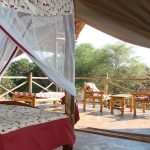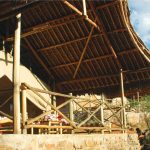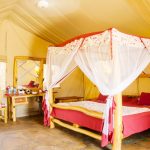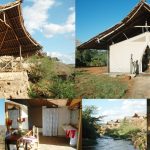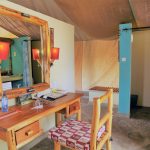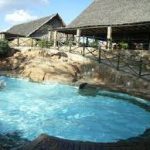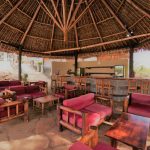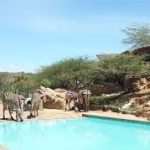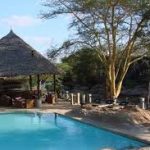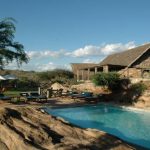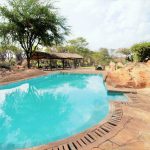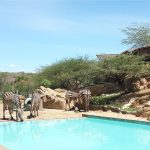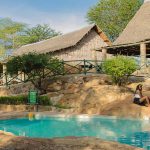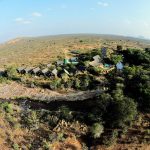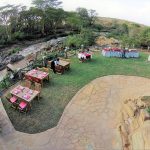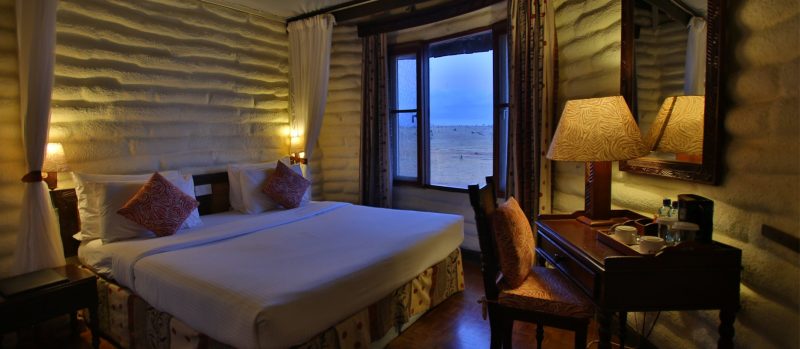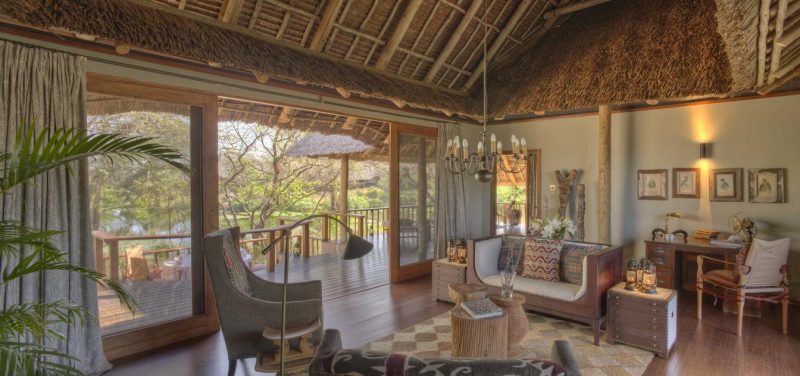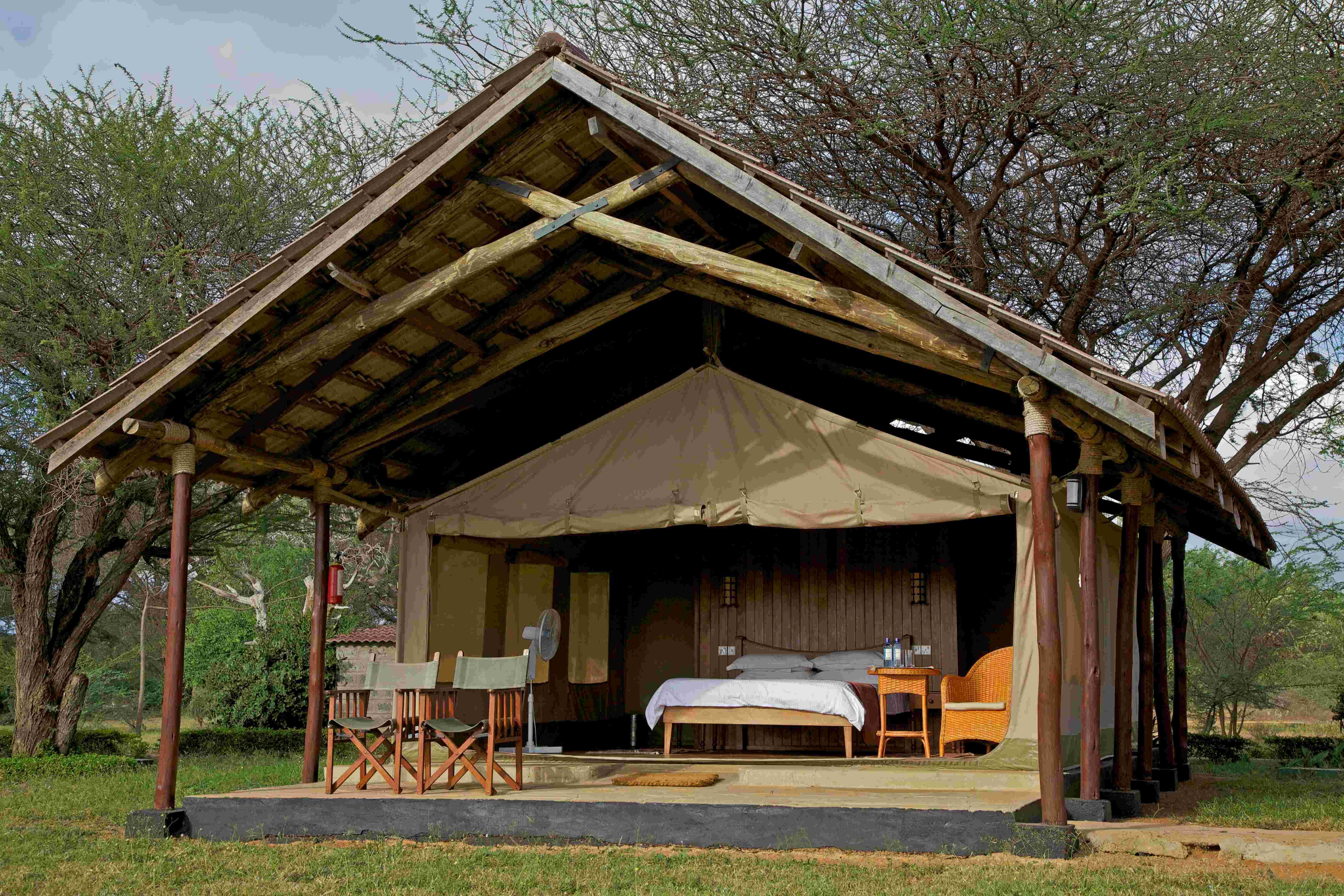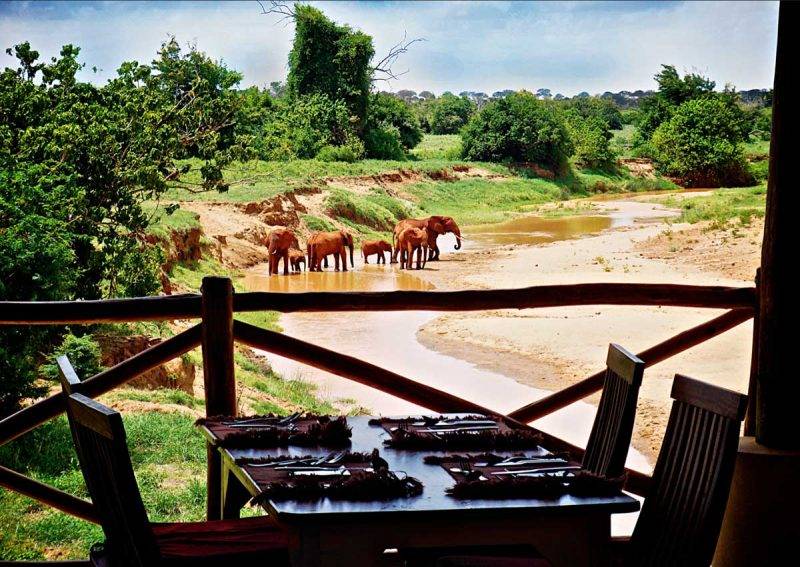Man Eaters Camp Tsavo
Man eaters camp comprises of 31 fully ensuites tents facing Tsavo river. It has 8 family tents which has 1 double bed and 1 single bed for child. All the beds are 4 poster beds with mosquito nets. There is also 1 wheel chair friendly tent, easily accessible and next to the bar, restaurant and lounge at the camp. All the tents are well ventilated, spacious, consisting of a large king size bed while the family tents have one double king size bed and extra single bed. Each tent overlooks the Tsavo river giving you a chance to enjoy the uninterrupted views from your own private accommodation. You can also relax in the tent balcony which face the river. You watch the wildlife across the river come to drink water such as elephants, gazelle and our resident crocodiles which are always basking on the river banks on the far side.
History
During the construction of the railway bridge over the Tsavo river in 1898 by the British for what was then known as the Ugandan railway, approximately 140 workers were killed by 2 maneless male lions, over a period of 3 months. After repeated unsuccessful endeavours, the 1st lion was finally killed on 9th December, 1898 during a night hunt. The 2nd, 3 weeks later during a morning hunt, which almost cost Paterson his life. These lions were huge in size and the 1st of the two measured 9″6ft inches from tip of the nose to the tip of his tail and stood 3″11 inches high. The chief engineer of the bridge was John Henry Paterson, who became a local hero for killing the famous Man eaters of Tsavo.
Tsavo game reserve
Chief among these must rank the marvels of Tsavo west is Mzima springs, replenished with 220 million litres of crystal-clear water every day, from the underground streams stemming from the lava massif known as the Chyulu hills, 40-50km away.
Mzima springs
Mzima crystal clear pools are a favorite hangout for hippos and crocodiles. The main attraction is a submerged viewing tank which was designed so that people could watch the hippo’s antics underwater, but since it was built the hippos have retreated shyly to the side of the pool. The underground water that feeds the pools filters up through the volcanic rock of the Chyulu hills. Mzima forms a haven for a rich wildlife pageant with elephant soaking half immersed in the waters, light footed but ponderous looking hippo, apparently weightless, tip-toeing across the bottom, crocodiles basking on the bank or swirling through the water, gazelles, zebra and giraffe wandering around the banks through the think acacias and raffia palms together with hundreds of chattering monkeys and birds. Mzima is also the main source of Mombasa’s water supply.
Ngulia hills
Not far from Mzima springs, along a well-marked track, lies the precipitous magnificence of the Ngulia escarpment at the foot of Ngulia hills which rise to 1825 m. Each year from late September to November, Ngulia has become the base of unique phenomenon. It has become a bird wonder of the world and provides vital information on the migratory routes and the habits of many species common to the northern hemisphere. It is possible to make an excursion to the Chyulu hills national park. The Chyulus are 1 of the world’s newest mountain ranges. The most recent volcanic peak was formed only 500 years ago. It is breathtaking landscape of rampant ferocity and the vistas to Kilimanjaro are unbeatable.
Mammals
Tsavo national park is 1 of the world’s largest game reserves, providing undeveloped wilderness home to vast numbers of animals. Famous are the Tsavo lions, a population of lions, where the adult males often lack manes entirely. In total there are about 675 lions in the Amboseli-Tsavo ecosystem.

